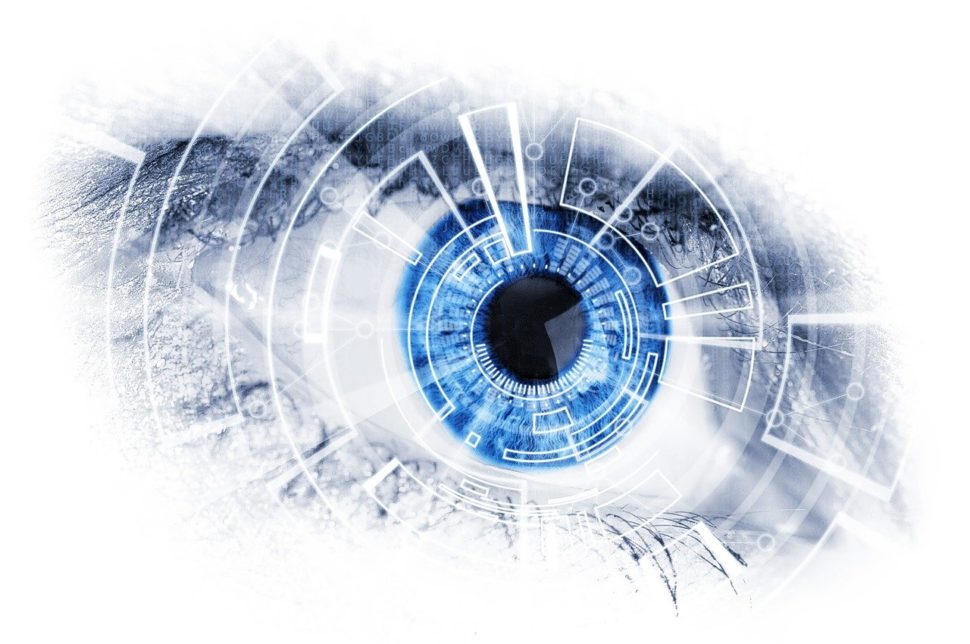For over a decade, scientists at Monash University have been working on a human bionic eye to restore vision.
Thanks to this effort, we now have a device that’s a blend of smartphone-style electronic and brain-implanted electrodes. It’s called the Gennaris bionic vision system.
The device consists of a camera for collecting data and a vision processor unit for interpreting.
Also, a tile implant in the brain converts the image data to electrical impulses. At this point, a microelectrode would transmit the impulses to neurons in the brain.
According to the researchers, the device works by bypassing the damaged optic nerve responsible for clinical blindness.
In a statement, professor at Monash University’s Department of Electrical and Computer Systems Engineering, Arthur Lowery, said:
“Our design creates a visual pattern from combinations of up to 172 spots of light (phosphenes) which provides information for the individual to navigate indoor and outdoor environments, and recognize the presence of people and objects around them.”
Now, the team is preparing its world-first vision restoration device for human trials.
Clinical Trials for World’s First Human Bionic Eye
In July, the researchers were able to transplant the device into three sheep brains using a pneumatic inserter. The animals showed no adverse health effects after a cumulative 2,700 hours of simulation.
Of course, a successful animal study doesn’t mean that the bionic eye is safe for humans.
Several steps are still required before the device becomes available commercially. It includes an extensive human clinical trial process, which the researchers are currently working on.
There’s also the issue of funds. The researchers are looking to secure additional funding to support the device’s manufacturing and distribution at a commercial scale.
The technology promises to restore vision to the blind. However, its application extends to other conditions with a neurological root cause, including paralysis.
“If successful, the MVG [Monash Vision Group] team will look to create a new commercial enterprise focused on providing vision to people with untreatable blindness and movement to the arms of people paralyzed by quadriplegia, transforming their health care.”
It still unclear when the first clinical trials will take place.



















Comments (0)
Most Recent